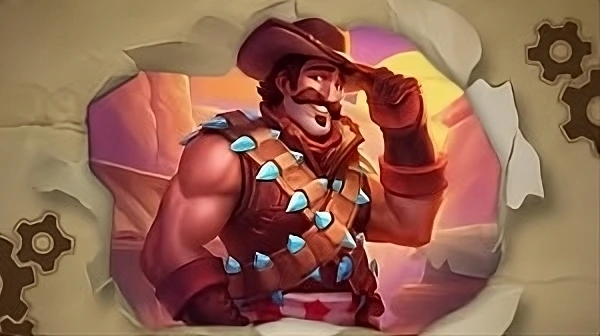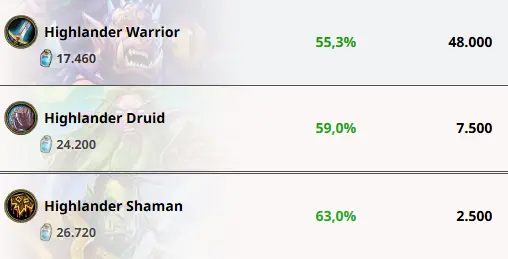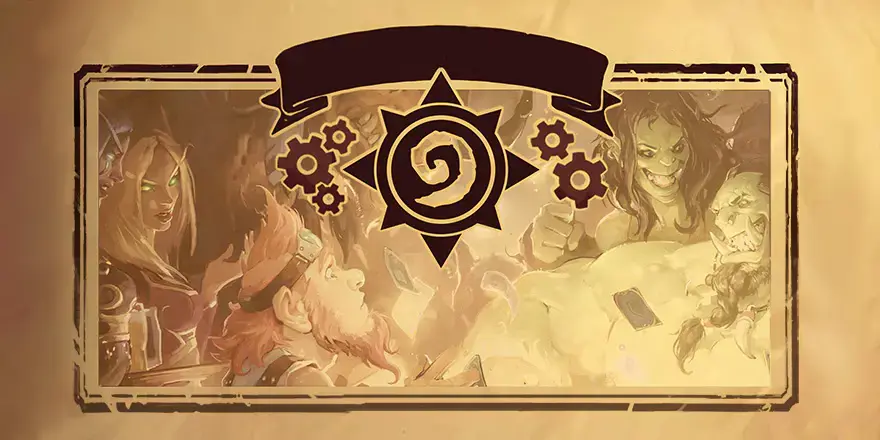Reno Jackson is one of the most iconic characters in the World of Warcraft universe and Hearthstone. This adventurous treasure hunter has charmed players with his peculiar lore—did you know he's actually a dragon?—its witty lines, and his powerful but overall balanced card effects.
But in one of the latest expansions, Showdown in the Badlands, the until now beloved member of the League of Explorers saw himself returning to the Standard format as the first neutral hero card in Hearthstone's history: Reno, Lone Ranger. This card, available to all classes able to build a strong enough Highlander deck-and if you want to know more about Highlander decks, check out this article-sparked considerable controversy among the community. On one side, players argued that aggro decks had become too dominant and that Reno would help return to a more control and value oriented gameplay. On the other hand, some people thought that an 8 mana removal with some upsides would reveal itself to be too oppressive, even when considering the current power level.
But how is our debate-starting Lone Ranger managing in the current meta, a whole year after its release?


